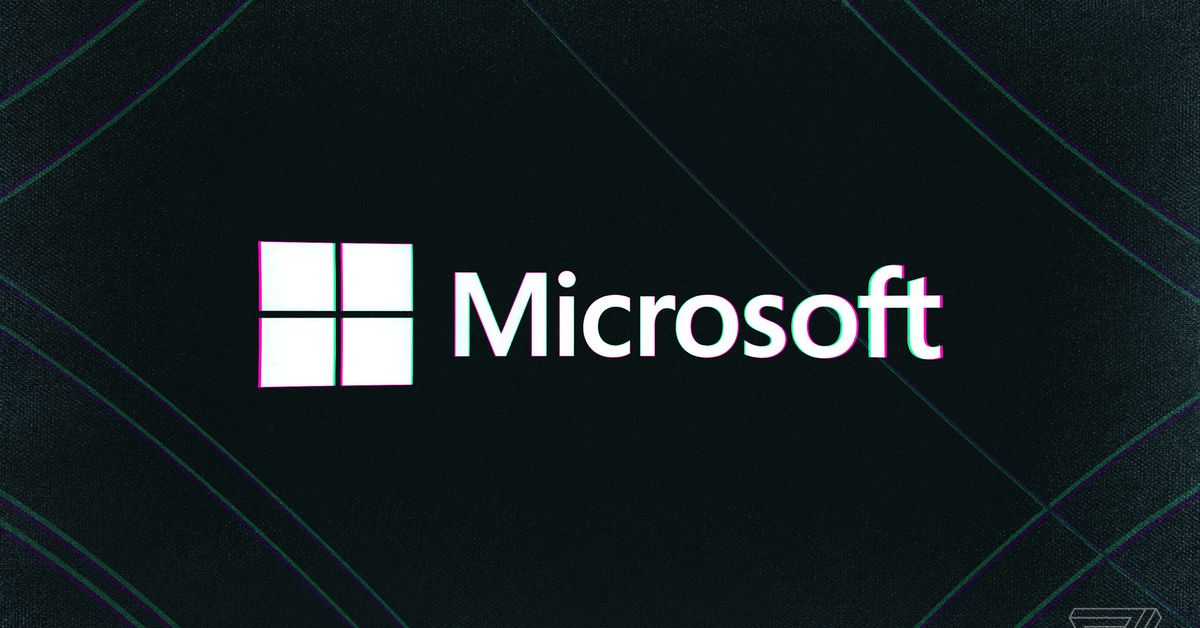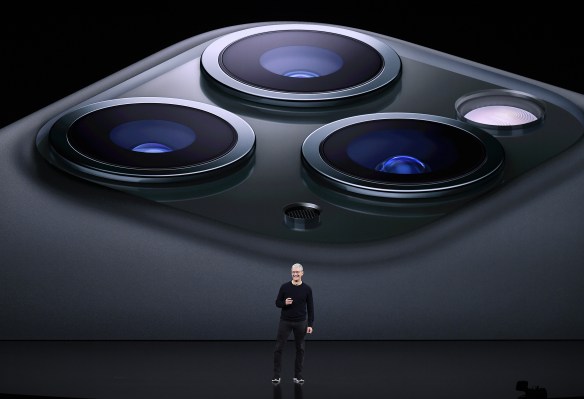Understanding Edge Computing and Why it Matters to Businesses Today
The edge computing market is expected to reach $274 billion by 2025, focusing on segments like the internet of things, public cloud services, and patents and standards. Most of this contribution is backed by enterprises shifting their data centers...

The edge computing market is expected to reach $274 billion by 2025, focusing on segments like the internet of things, public cloud services, and patents and standards.
Most of this contribution is backed by enterprises shifting their data centers to the cloud. This has enabled enterprises to move beyond cloud systems to edge computing systems and extract the maximum potential from their computing resources.
This blog will provide a closer understanding of edge computing and how it helps businesses in the technology sector.
Understanding edge computing
From a technical standpoint, edge computing is a distributed computing framework that bridges the gap between enterprise applications and data sources, including IoT devices or local edge servers.
For an easier understanding, edge computing helps businesses recreate experiences for people and profitability through improved response time and bandwidth availability.
Why does edge computing matter for businesses?
When we talk about the most significant industry zones worldwide, for instance, the GCC region, which is heavily focused on the focus areas like cloud services, the transition from cloud technology to edge computing is now more prominent than ever for enterprises to leverage the potential of the technology.
And with only 3% of businesses at an advanced stage in digital transformation initiatives, the potential of edge computing is up for grabs.
It doesn’t matter if you’re running a mobile app development company, a grocery store next door, or a next-gen enterprise. You need to understand how cloud edge helps businesses and invest in this open-source technology.
Predictive maintenance
Edge computing is primarily sought in industries where value-added assets have a massive impact on the business in case of losses.
The technology has enabled reports delivery systems to send and receive documentation in seconds, usually taking days to weeks.
Consider the example of the oil and gas industry, where some enterprises utilize edge computing. The predictive maintenance allowed them to proactively manage their pipeline and locate the underlying issues to prevent any accumulated problems.
Support for remote operations
The pandemic has forced businesses to opt for remote operations, or a hybrid work model at the least, with the workforce, spread across different geographical boundaries.
This drastic shift has brought in the use of edge apps that would permit employees to secure access to their organization’s official servers and systems.
Edge computing helps remote operations and hybrid teams by reducing the amount of data volume commuting via networks, providing computing density and adaptability, limiting data redundancy, and helping users comply with compliance and regulatory guidelines.
Faster response time
Businesses can enjoy lower latency by deploying computational processes near edge devices. For instance, employees typically experience delays when corresponding with their colleagues on another floor due to a server connected in any part of the world.
While an edge computing application would route data transfer across the office premises, lower the delays, and considerably save bandwidth at the same time.
You can quickly scale this example of in-office communication to the fact that around 50% of data created by businesses worldwide gets created outside the cloud. Putting it simply, edge computing allows instant transmission of data.
Robust data security
According to Statista, by 2025, global data production is expected to exceed 180 zettabytes. However, the data security concerns will equally increase proportionately.
And with businesses producing and relying on data more than ever, edge computing is a solid prospect to process large amounts of data sets more efficiently and securely when done near the data source.
When businesses take the cloud as their sole savior for data storage in a single centralized location, it opens up risks for hacking and phishing activities.
On the other hand, an edge-computing architecture puts an extra layer of security as it doesn’t depend on a single point of storage or application. In fact, it is distributed to different devices.
In case of a hack or phishing attempt, a single compromised component of the network can be disconnected from the rest of the network, preventing a complete shutdown.
Convenient IoT adoption
Global IoT spending is expected to surpass $410 billion by 2025. For businesses, especially in the manufacturing sector, who rely on connected technology, the internet of things is at the thickest of things in the global industry today.
Such organizations are on the constant hunt to up their computational potential and probe into IoT through a more dedicated data center.
The adoption of edge computing makes the subsequent adoption of enterprise IoT quite cheap and puts little stress on the network’s bandwidth.
Businesses with computational prowess can leverage the IoT market without adding any major infrastructure expenses.
Lower IT costs
The global IT spending on devices, enterprise software, and communication services rose from $4.21 trillion to $4.43 trillion in 2022. While a considerable share of the global spending accounts for cloud solutions, obviously as the pandemic has only pushed the remote operations and hybrid working model further up.
When users keep the data physically closer to the network’s edge, the cost of sending the data to the cloud reduces. Consequently, it encourages businesses to save on IT expenses.
Besides cutting costs, edge computing also contributes to helping businesses increase their ROI through enhanced data transmission speed and improved networks needed to experiment with new models.
How is edge computing different from cloud computing?
Although edge computing and cloud computing are each other’s counterparts for data storage and distribution, there are some key differences regarding the user’s context.
Deployment
Edge computing deploys resources at the point where data generates. In contrast, cloud computing deploys resources at global locations.
Centralization/decentralization
Edge computing operates in a decentralized fashion, while cloud computing is centralized.
Architecture
Edge is made on a stable architecture, and cloud resources are made on loose-coupled components.
Response time
Edge-based resources respond instantaneously, and cloud resources have a higher response time.
Bandwidth
Edge computing requires lower bandwidth, while the cloud counterpart consumes a higher bandwidth.
Although, the above difference makes edge computing a clear winner in all aspects for any business. But there’s a catch!
Suppose your business resides at multiple physical locations, and you need a lower latency network to promptly cater to your customers who are away from your on-prem location. In that case, edge computing is the right choice for you.
Top edge computing use cases
Although there are numerous examples of edge computing use cases, I’ll talk about a few that I find the most interesting.
Autonomous vehicles
Autonomous flocking of truck convoys is the easiest example we can come for autonomous vehicles. With the entire fleet traveling close while saving fuel expenses and limiting congestion, edge computing has the power to eliminate the needs of all the drivers except the one in the front vehicle.
The idea being the trucks will be able to communicate with the others via low latency.
Remote monitoring of oil and gas industry assets
Oil and gas accidents have proved catastrophic throughout the industry’s history. This requires extreme vigilance when monitoring the assets.
Although oil and gas assets are placed at remote locations, the edge computing technology facilitates real-time analytics with processing closer to the asset, indicating less dependency on high-quality connectivity to a centralized cloud.
Smart grid
Edge computing is on course to elevate the adoption of smart grids, enabling enterprises to handle their energy consumption better.
Modern factories, plants, and office buildings use edge platform-connected sensors and IoT devices to observe energy usage and examine their consumption in real-time.
The data from real-time analytics will aid energy management companies in creating suitable, efficient workarounds. For example, watching where high energy consumption machinery runs during off-peak hours for electricity demand.
Cloud gaming
Cloud gaming, seemingly the next-big-thing in the gaming business like Google Stadia, PlayStation Now, etc., dramatically leans on latency.
Moreover, cloud gaming companies are on the quest to build edge servers as close to gamers as possible to reduce latency and provide a fully immersive, glitch-less experience.
Final thoughts
This concludes our discussion on understanding edge computing and how it matters for enterprises worldwide.
Now that you understand the benefits of edge computing and its applications in different industries and use cases, it is evident that it’s a great value proposition for businesses that want to acquire competitive advantages and lead their spaces from the front line.
Featured Image Credit: Provided by the Author; Thank you!
![]()
Hady Shaikh
Hady Shaikh is a professional product strategist with experience of over 10 years of working with businesses in mobile app development, product marketing, and enterprise solutions spaces. His C-suite leadership and expertise spans over helping clients in the MENA and US region build top-tier digital products and acquire tech consultancy. Currently working as the Principal Product Strategist at TekRevol, a US-based custom software development company, Hady’s vision is to establish a robust digital foothold in the GCC region by helping clients with their product strategy and development.

 ShanonG
ShanonG 































